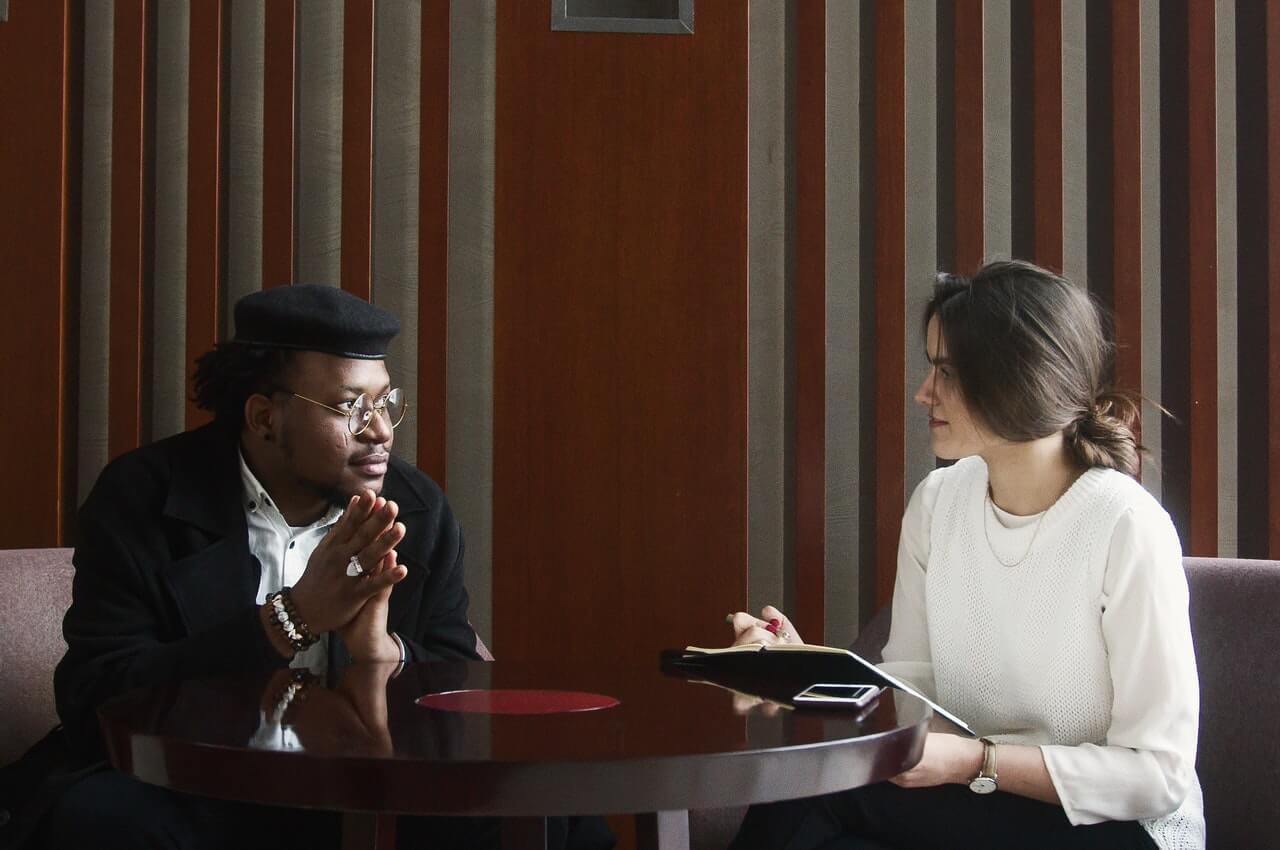Innovate. Collaborate. Communicate.
So they tell us. I’ve always thought the most valuable part of a conference was the networking and the contacts that I had made. I thought most of the sessions were poorly delivered or that would have been better as a handout or a well-written article or white paper. There are some people who think it is easier and better to do a conference presentation because all you have to do is stand up and read your presentation…and basically tell everyone what you did to get the job done.
A conference presentation is better only when the information is presented as you would to impress colleagues—with information that will interest them, with information they can use, and takes advantage of the interactive format. Otherwise, you might as well stay home. I think some of the smarter people do.
In my 30 years of government, I’ve been to many conferences all claiming to be a focal point for Innovation, Collaboration, and Communication (you can substitute networking if you want). “WHAT ARE THEY GOOD FOR?” I hear a song from the 1970s coming on… “ABSOLUTELY…” No I won’t say it because they are good for something.
Shopping. Site-seeing. Time-off. If that’s what you make it.
That’s just it. It is what you make it. Unfortunately, unless we are the conference planners, we only have control over how we take the conference. Yes, for some it is always good to put a face to an email or a voice on the phone. Really? I guess to us introverts that doesn’t really matter. However, as I said earlier, the best part may be the networking–the meeting of others engaged in the same or related business you are.
I have an idea that if we took the approach of expecting less than we get and making more out of it when we get there, we might come close to getting something out of it.
People who go expecting the conference as touted to be a fantastic experience are almost always disappointed. Immediately their attention levels drop. Their enthusiasm for the conference moves on to whatever else is around. Of course, there are always those people who go for those things above. If you pick an uninteresting location, forget it–they’re not coming. Even with the professional enticements you listed below:
- Do your job better with the knowledge you gain at workshops and plenaries on issues critical to…
- Expert presenters from around the world will share their knowledge and expertise with you.
- Network with colleagues in the field, and make those important connections to exchange information and advice throughout the year.
- Learn about the latest solutions and programs from the Nation’s top providers.
- Earn your mandatory professional certification credits. (Lawyers are always looking for easy ways to earn CLE credits, and this is one way.)
So, how do you get attendees to come, stay and learn?
You make sure attendees are comfortable, and if that’s not possible, just apologize. It makes the situation more of “we’re all in this together and we’ll make the best of it.” Don’t make excuses. Tough guys and professionals who know these things say it makes you weak. You want to appear strong, confident, and professional. So, you are either a tough guy or a professional. Which do you want to be?
- Give attendees something they can use or the motivating to think along the same lines as your speakers’ who are the experts in the fields. Energize them with good new stuff, invigorate the old stuff with exciting new variations that hold promise, and make sure attendees know why by asking for their input throughout, not just at the end. That will make the whole experience interactive rather than a few sessions with exceptional presenters who can handle it.
- Treat attendees as the professionals they think they are. Does artificially pumping people up by repeating, “Aren’t we glad we’re here?”–really work? Or, does it just get irritating? It’s cheer leading! No one said (except a cheerleader) that cheer leading is fun. To some, cheerleaders may be fun. There’s a difference.
- Ensure what you promise is what you deliver. Granted that is the toughest and you can’t deliver miracles but you need to show you did the best you could. You may not get everyone’s idea of the best seminar or workshop topics, but make the conference flow smoothly–and staff should be as accommodating as possible. If you promise “expert presenters,” do you mean presenters who are experts, or presenters who are experts at presenting? Either way, you have to make it happen. Bringing in the same old presenters or the presenters who did such a bang up job last year is not the same thing.
- One networking event is never enough. In fact, breaks are never long enough because professionals have to check-in with the office and family sometimes. Make the breaks long enough–even if it means extending the conference a day–so that people have a chance to network. Here’s a suggestion: instead of one big ballroom mixer, try several in different locations (bars and lounges), etc. Smaller groups tend to get tighter with and without alcohol. Smaller groups of people are easier to remember later when you need them, and since you know each other better than someone you may have met at the buffet for 30 seconds, are more prepared to be a real contact worth having. Just a thought.
- If you’re offering certification or credits like CLEs make the process of getting the certification as simple and streamlined as possible. Sign-up, attend, get certificate!
 Now you have a conference with some zing.
Now you have a conference with some zing.
A final word. Don’t try to make the conference something for everyone. You’ll never make it happen. Don’t focus all your energy setting up a sporting outing because a favorite baseball team is located in this locale. Some people actually prefer to watch sports on television. Some could care less about sports and would rather go to a good play or eat dinner in famous restaurant. Whatever you do, make a list of activities and where to get more information on attending them. Just make sure the hotel actually does have information on hand, and you might be surprised that the hotel has entertainment packages or transportation that can be made available for your attendees–even if they are not hotel guests.
Believe it or not, I have other outrageous opinions on other subjects on my website under What I Say. I even talk about theatre and the practical application of acting skills, review plays, and talk about most communication topics. If you don’t see anything you like, just ask. Feel free to comment on my posts anywhere you find them. I appreciate the feedback and welcome views that differ from my own. Life’s complicated and so are we. If we weren’t, we wouldn’t be very interesting. Although I do try to break down ideas to some basics and take some of the loftiness out of labels and categories, I am a regular guy who works like everyone else at trying to do the thing he loves best for at least a small part of his life. I hope you’re doing what you love. If not, get working on it. Do it for you and everyone around you.
—
For more resources about training, see the Training library.
For a look at the human side of training from my Cave Man perspective, please check out my book, The Cave Man Guide to Training and Development. Happy training.



